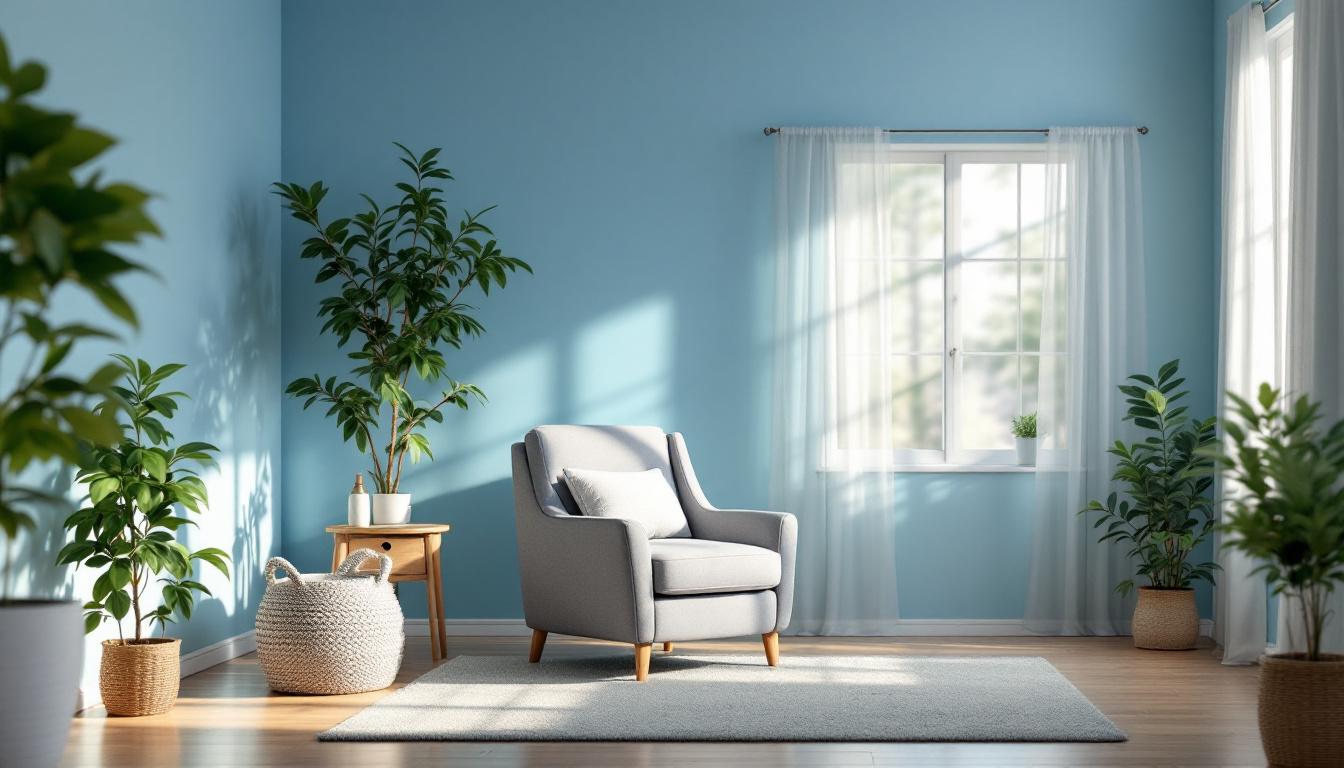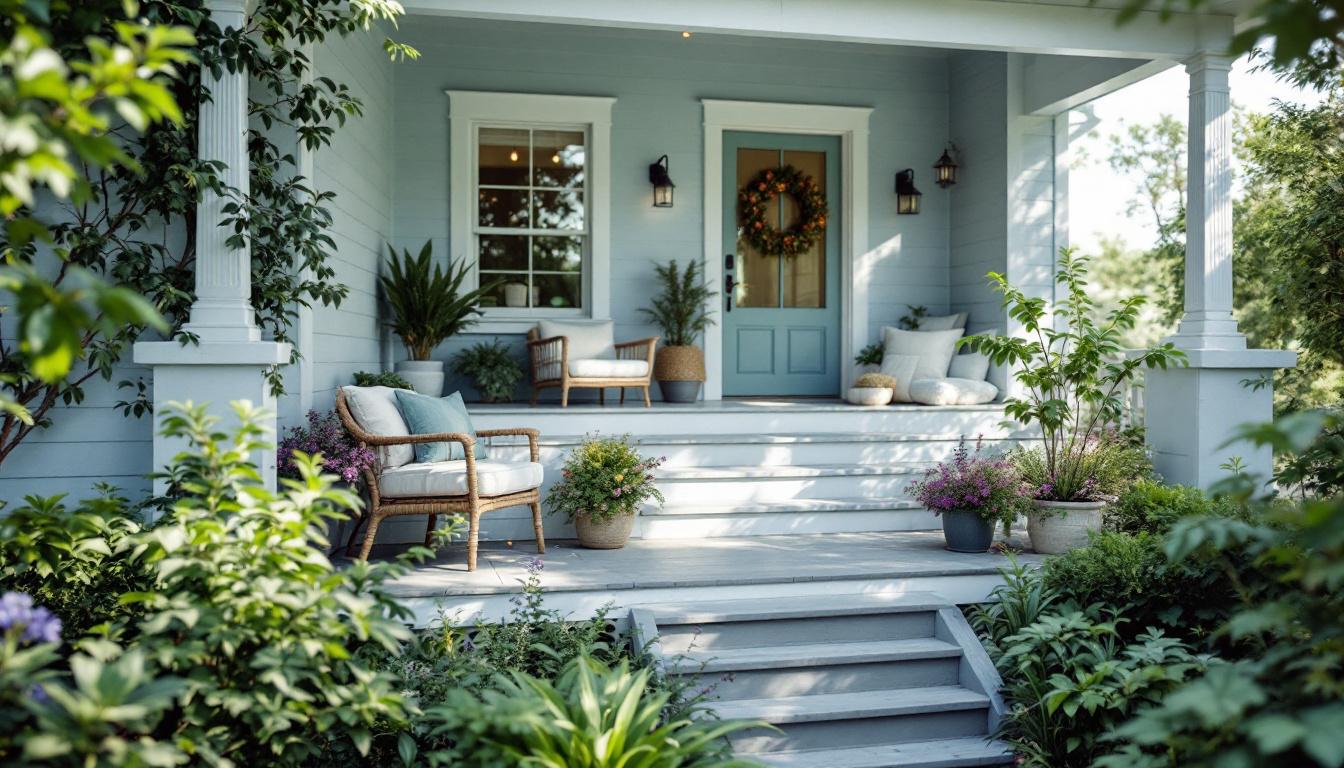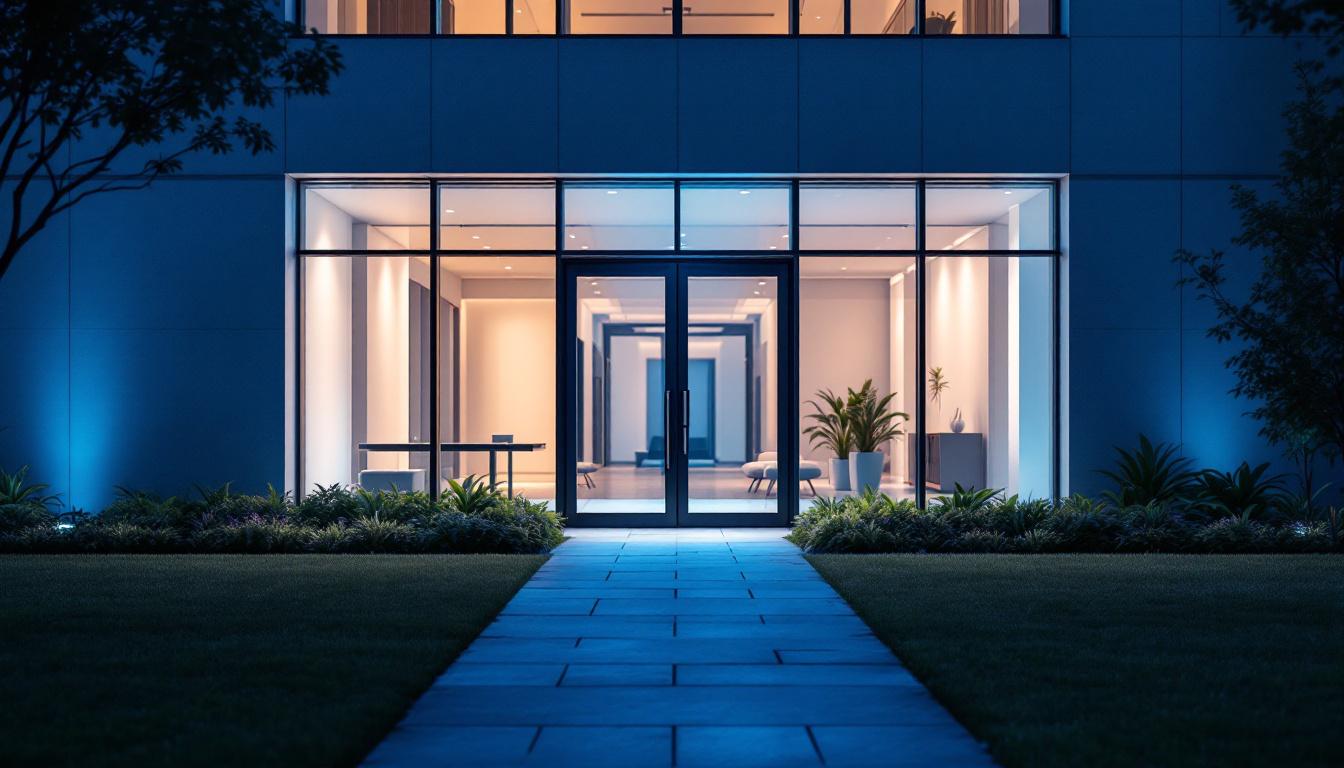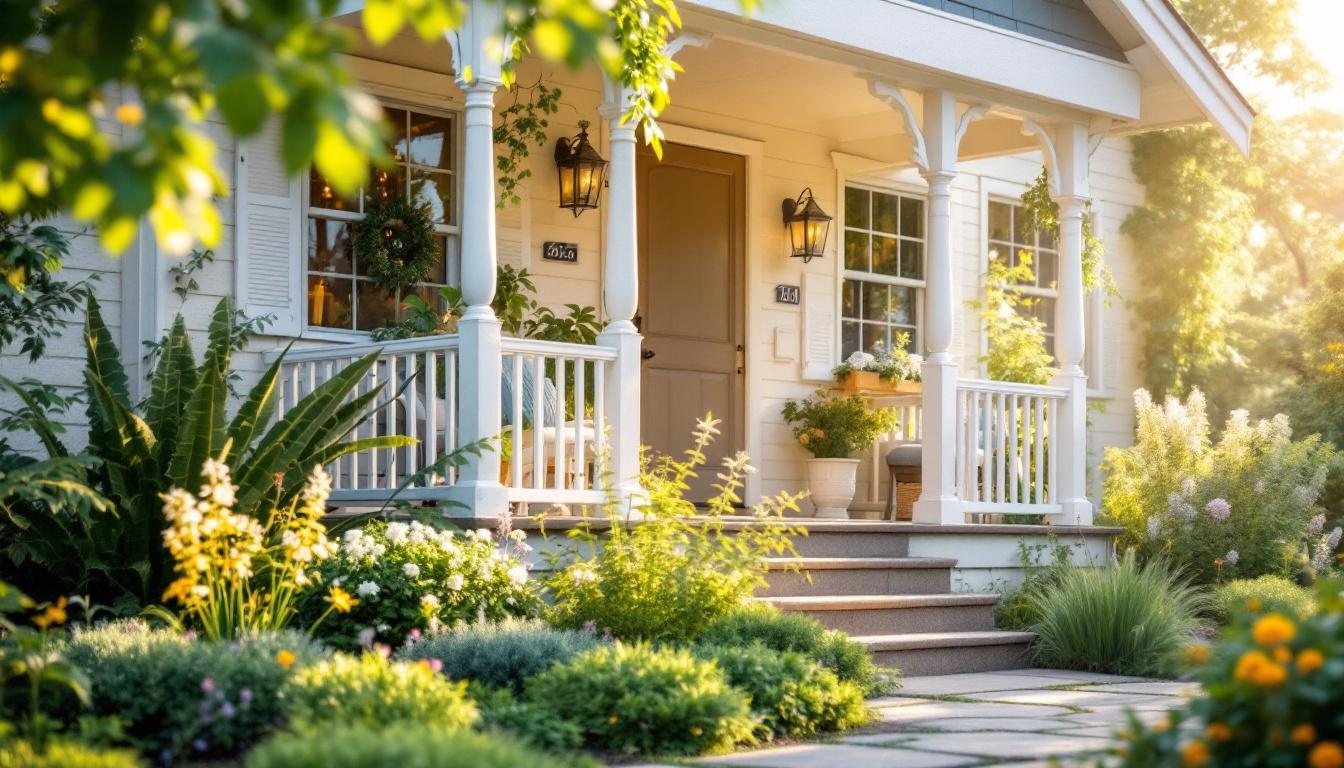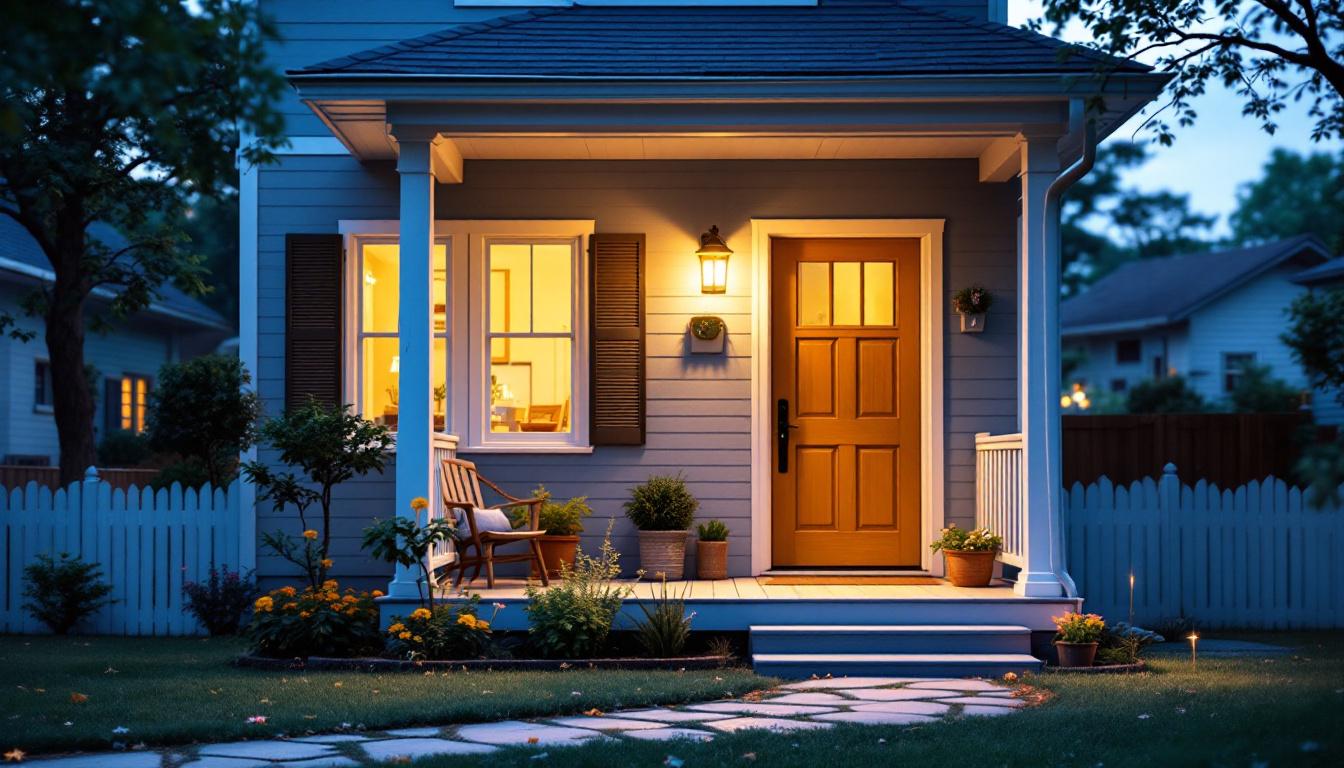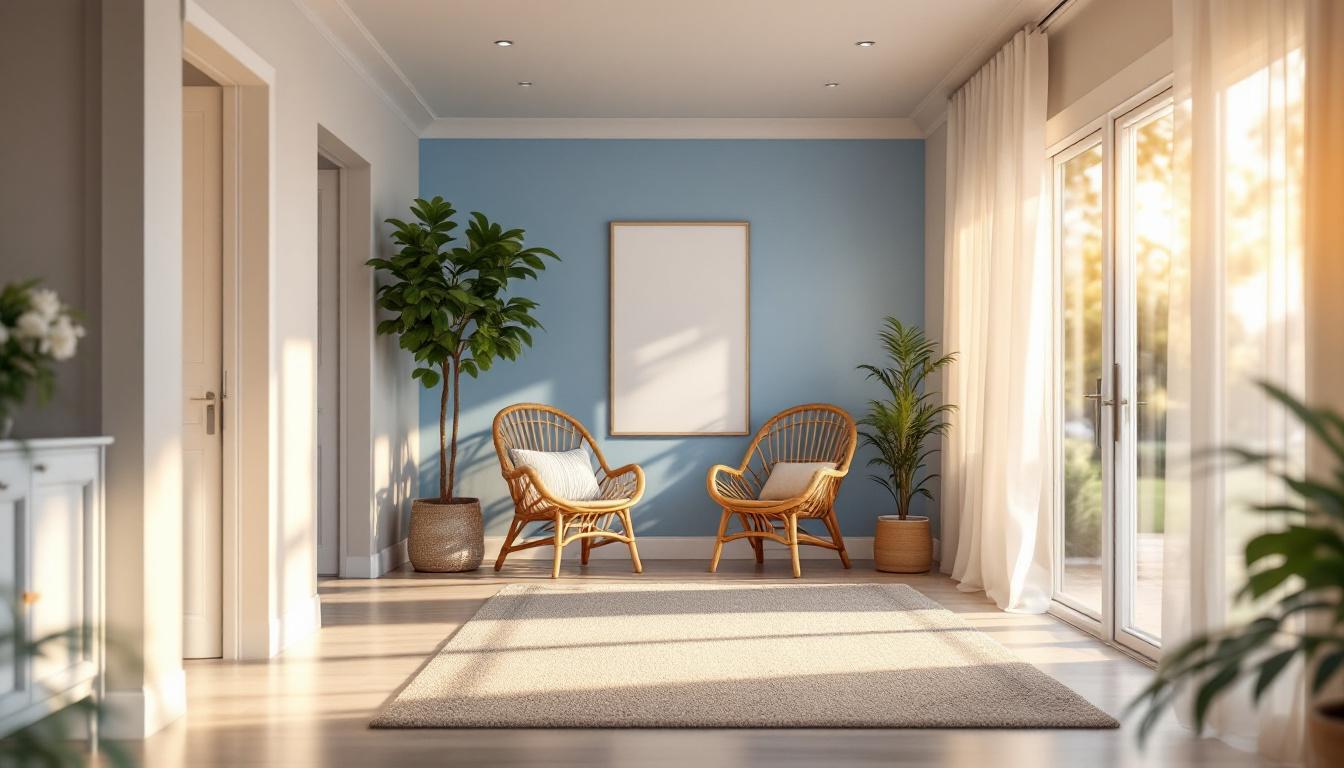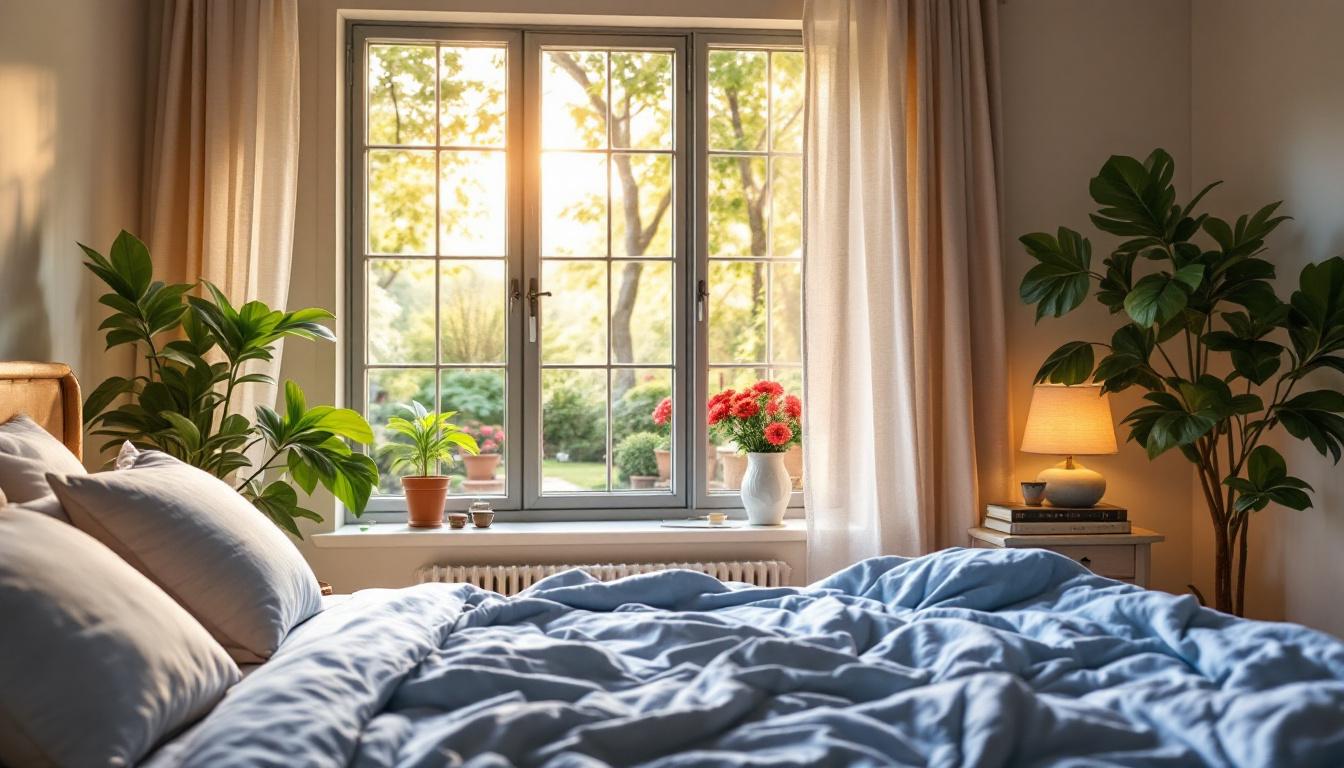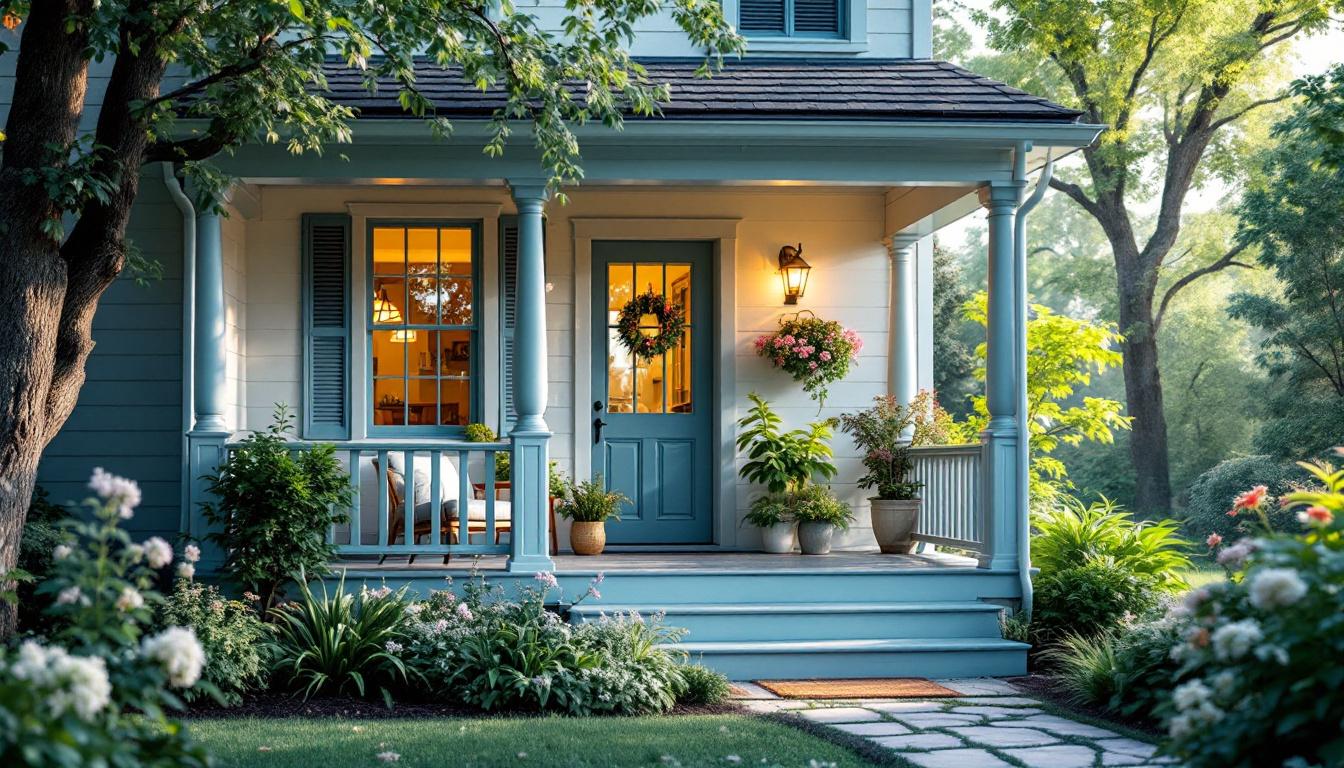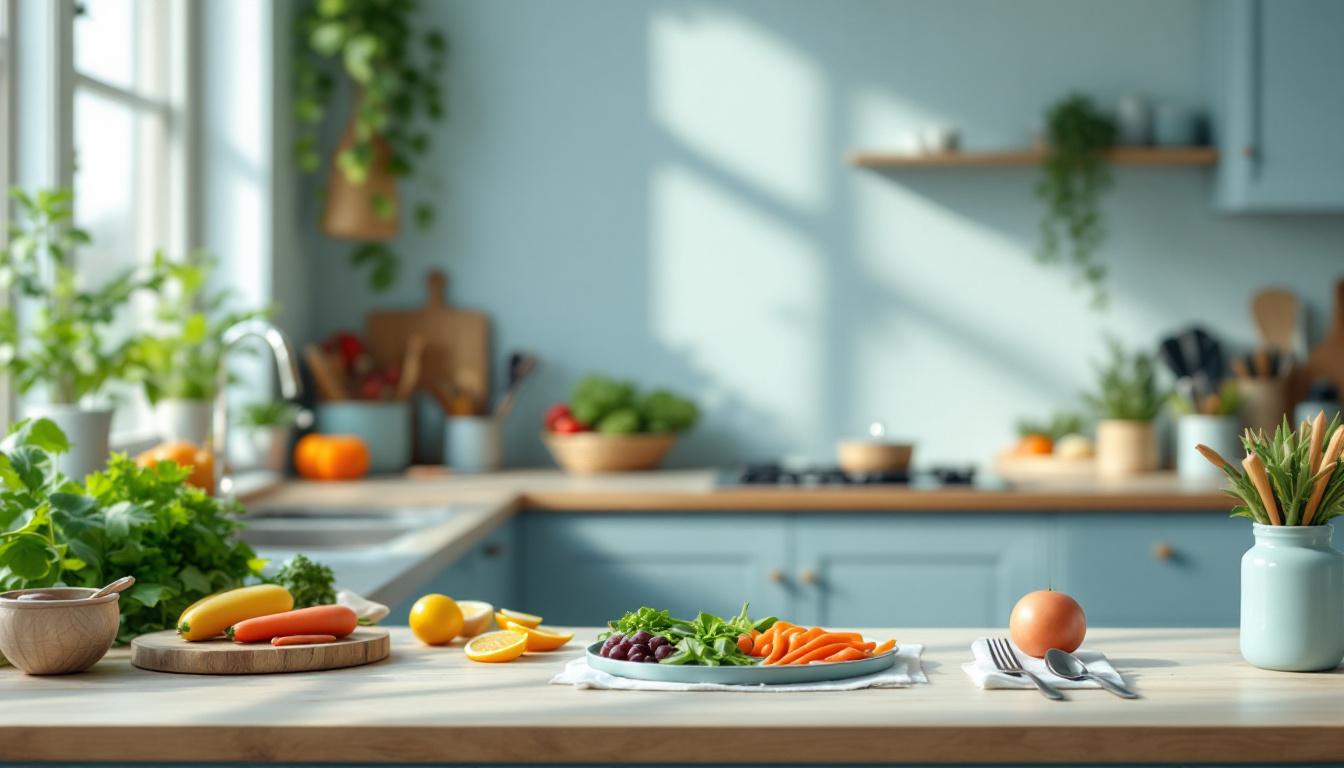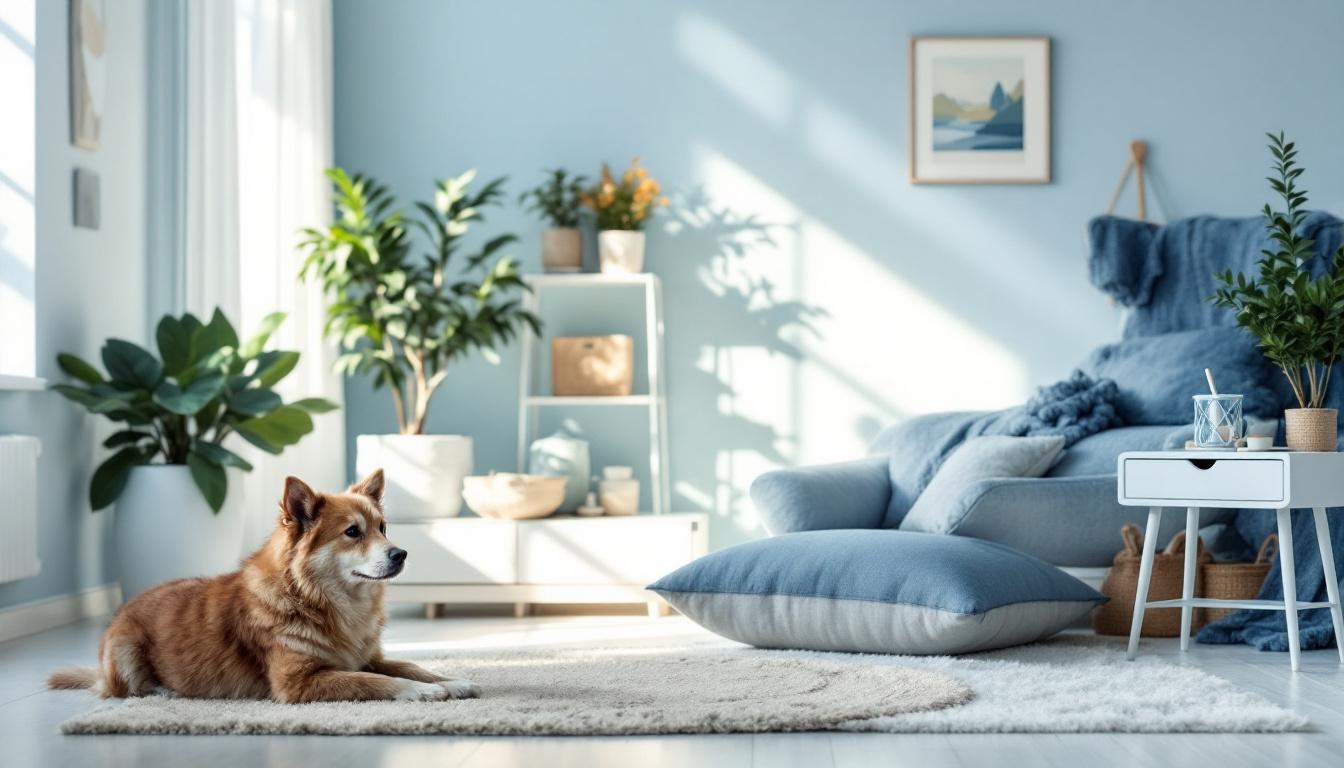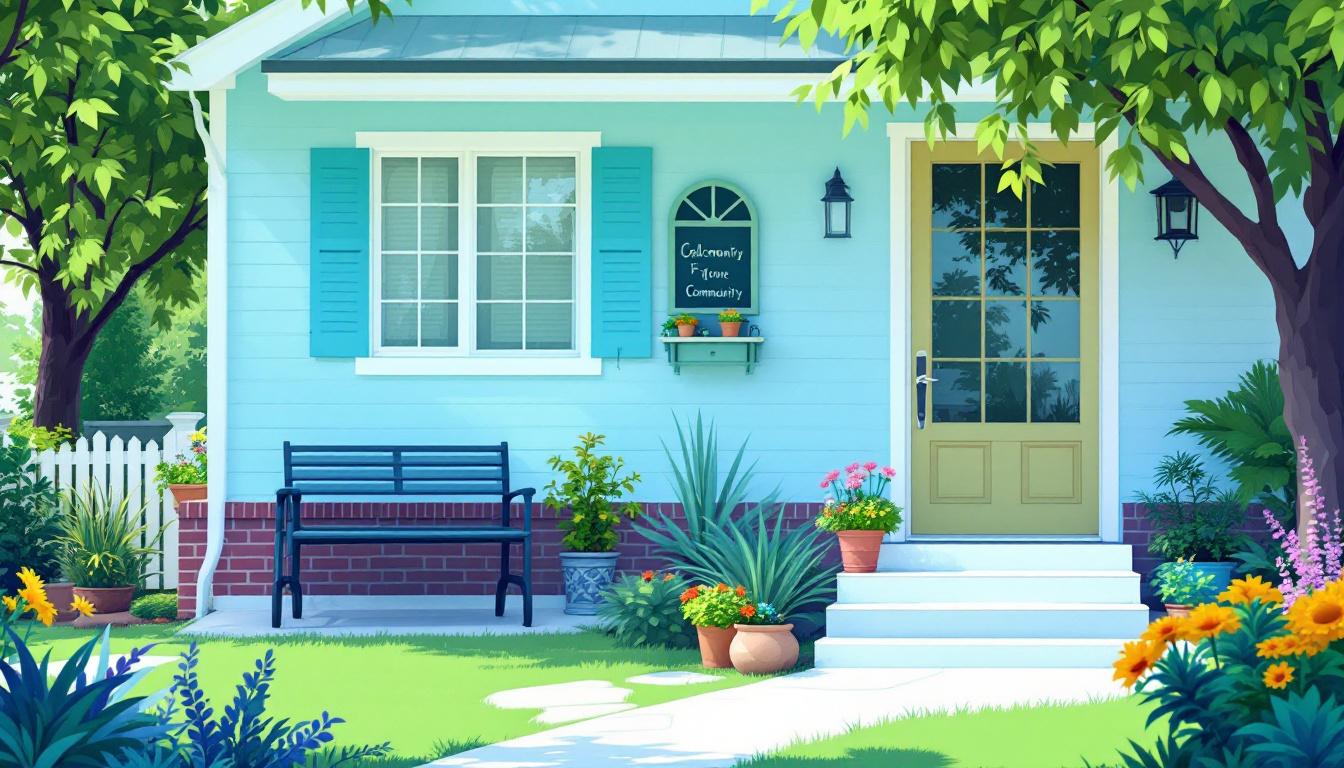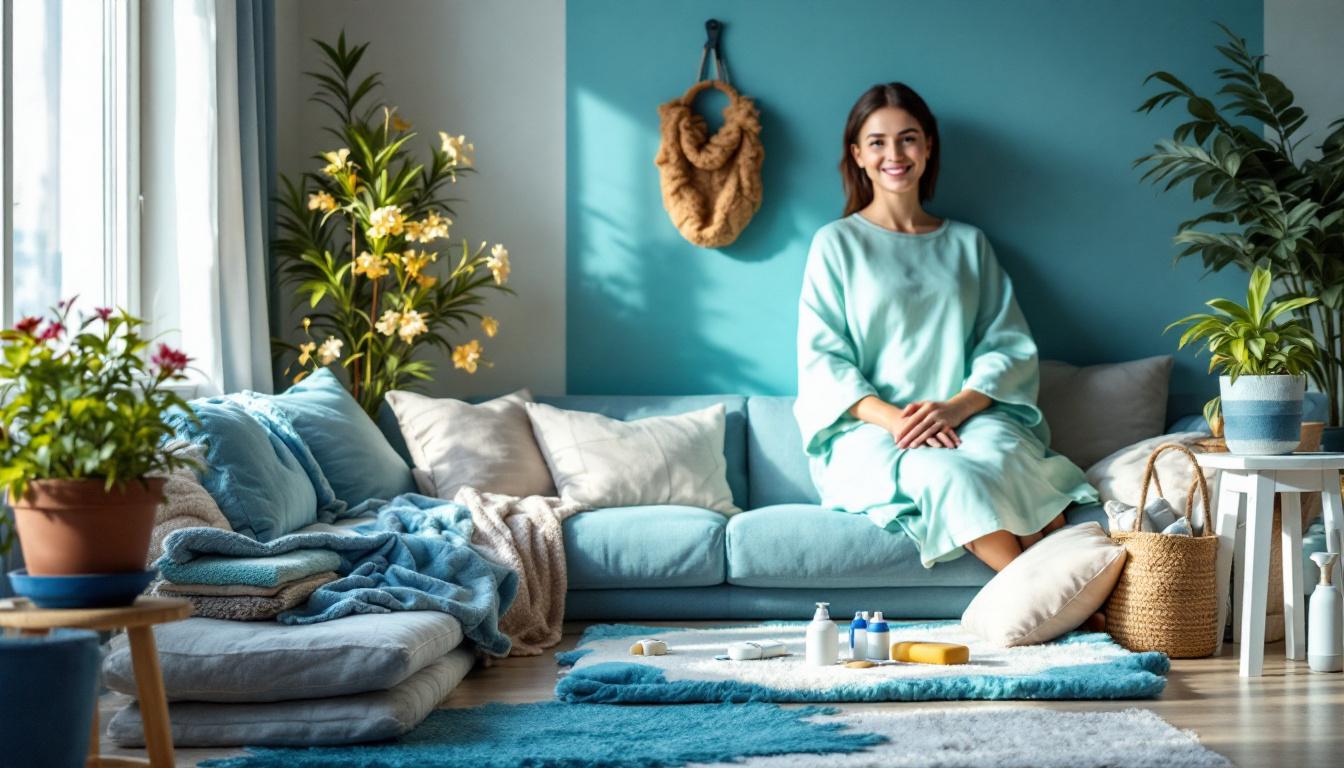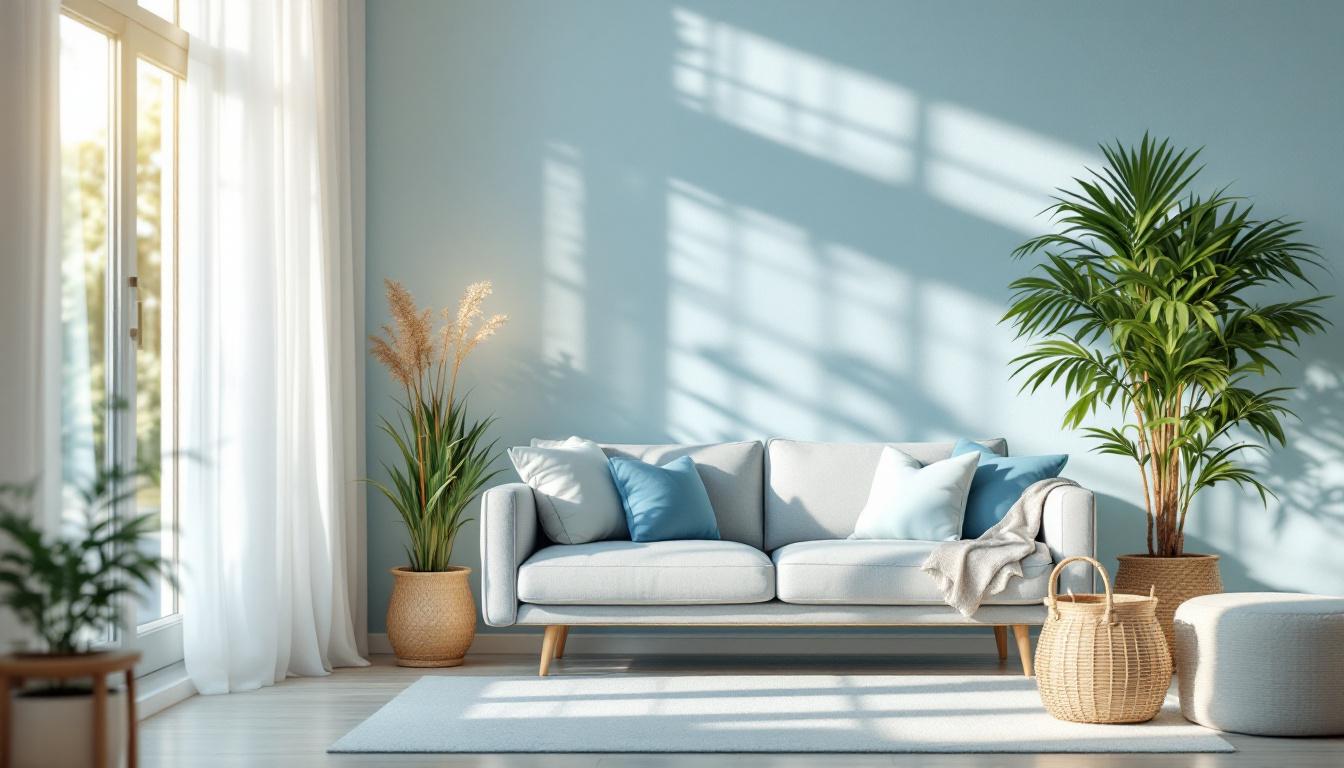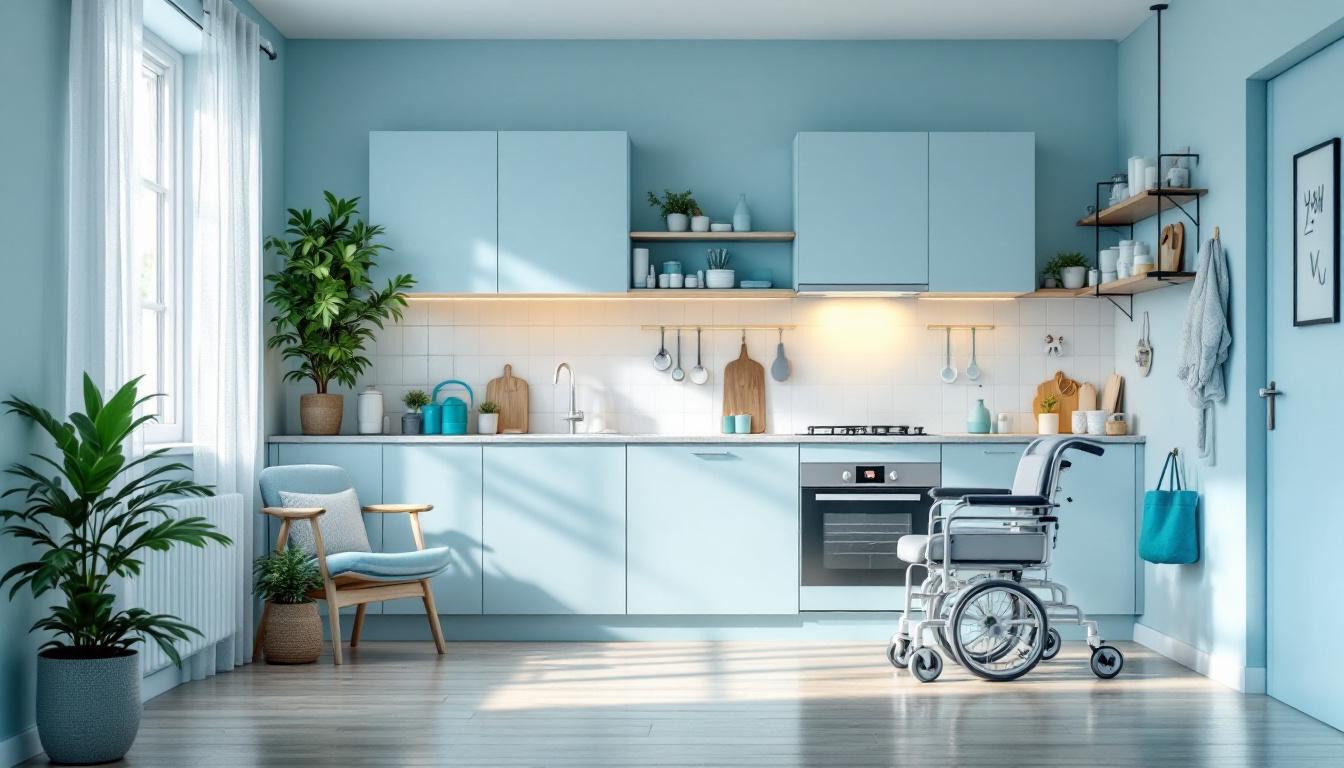How to Create an Accessible Living Space for Individuals with Paralysis
Transforming Homes for Greater Accessibility and Independence

Transforming Living Spaces for Enhanced Access and Mobility
Creating an accessible living environment is crucial for individuals with paralysis, significantly impacting their independence and quality of life. This comprehensive guide will explore essential modifications, practical strategies, financial considerations, and the role of advocacy in enhancing accessibility.
Understanding Home Accessibility Needs

The importance of accessible living spaces
Creating accessible living spaces is crucial for individuals with mobility challenges, such as those living with paralysis. Well-designed homes enable individuals to move freely, maintain independence, and perform daily tasks without reliance on others. Features like wide doorways, no-step entries, and accessible bathrooms laid out thoughtfully enhance usability, ensuring safety and comfort in every aspect of daily life.
Psychological and physical benefits
Accessible home modifications go beyond physical needs—they directly affect the emotional and psychological well-being of individuals. A space designed with accessibility in mind fosters a sense of independence and dignity. For example, Jason, a person with paralysis, shared how his Habitat for Humanity home, tailored for wheelchair access, transformed not just his mobility but his overall quality of life. The emotional uplift from feeling secure in one's home is invaluable.
How accessibility improves daily living
Accessibility features contribute significantly to the quality of life for individuals with mobility impairments. For example, adjustable countertops, lever handles, and roll-in showers simplify daily routines, empowering individuals to manage their homes without assistance. Accessibility isn’t merely a nice addition—it’s a necessity that embodies respect for their autonomy, ensuring they lead full, meaningful lives amid physical limitations.
Ensuring that homes are equipped to address the unique needs of those with disabilities not only prevents accidents and injuries but also promotes an inclusive environment that accommodates all abilities.
Key Modifications for an Accessible Home

How can I make my home accessible for individuals with paralysis?
To make a home accessible for individuals with paralysis, consider following these essential modifications:
- Eliminate Entryway Steps: Install ramps or stair lifts to replace steps at entrances, ensuring ease of entry.
- Accessible First Floor: Position bedrooms and bathrooms on the first floor to facilitate easier navigation for wheelchair users.
- Widen Doorways: Doorways and hallways should be at least 36 inches wide to accommodate wheelchairs comfortably.
- Install Grab Bars: In bathrooms, adding grab bars near toilets and in showers can greatly enhance safety and usability.
- Use Lever Handles: Replace traditional doorknobs with lever-style handles. They are easier to operate for individuals with limited grip strength.
- Upgrade Lighting: Bright, well-placed lighting throughout the home creates a safer environment, helping prevent accidents.
- Smart Home Technology: Implementing smart systems allows individuals to control aspects of their home environment easily.
These modifications not only improve accessibility but also foster independence and ease of use for daily activities.
More Information on Home Modifications for Wheelchair Accessibility
For further insights on enhancing wheelchair accessibility, search for resources on "home modifications for wheelchair accessibility."
| Modification | Description | Benefits |
|---|---|---|
| Ramps | Replace steps with permanent/portable ramps | Easier entry and mobility inside the home |
| Lever Handles | Install lever-style door handles | Easier access for those with grip limitations |
| Widened Doorways | Expand doorways to at least 36 inches | Better maneuverability for wheelchairs |
Design Strategies for Wheelchair Accessibility

What are the best strategies for designing a wheelchair-accessible home?
To create a wheelchair-accessible home, it is crucial to implement universal design principles. These principles prioritize ease of access for everyone, eliminating specialized adaptations. A few essential strategies include:
- No-Step Entries: Ensure at least one entrance features a no-step pathway that reduces barriers for wheelchair users.
- Open Floor Plans: Layouts should promote a minimum 5-foot turn radius, facilitating smooth navigation without obstacles. Hallways should be a minimum of 48 inches wide, while doorways should maintain a width of at least 32 inches. Wider doors are even better for comfortable passage.
- Kitchen Adaptations: Lowering countertops to between 28 to 34 inches allows individuals using wheelchairs to work alongside them easily. Ensure knee clearance (27-29 inches) under work surfaces and include ADA-compliant appliances with accessible controls.
- Bathroom Modifications: Design bathrooms to include roll-in showers, grab bars properly positioned for support, and toilet heights comfortable for wheelchair users (16-18 inches).
- Lighting and Controls: Position light switches at 36 inches high and ensure adequate lighting to minimize glare and enhance safety.
- Outdoor Accessibility: For outdoor spaces, use suitable materials such as wood or concrete for easy navigation. Incorporate ramps with a gentle slope to facilitate entrance and exit from the home.
Overall, starting with these critical modifications will create a safer and more accessible environment for individuals using wheelchairs, promoting independence and enhancing quality of life.
Legal Guidelines and Compliance

Understanding ADA standards for accessible design
The Americans with Disabilities Act (ADA) sets forth essential standards to ensure that homes are designed or modified for accessibility. When creating or altering living spaces, several key features must be included:
- Access Routes: Pathways and ramps should be at least 36 inches wide with a maximum slope of 1:12.
- Doorways: Ensure door openings have a minimum clearance of 32 inches, allowing easy access for mobility devices.
- Bathroom Features: Install toilets mounted at heights between 33 to 36 inches, with sinks no higher than 34 inches to accommodate wheelchair users.
Importance of consulting local building codes
While ADA guidelines provide a solid framework, local building codes may have additional regulations. Consulting these codes is crucial, as they can vary significantly by location. These codes may include specifications on construction materials, emergency egress, and occupancy limits, ensuring that homes not only comply with federal standards but also meet regional safety and usability requirements.
Key legal requirements for different home areas
Each area of the home has distinct legal requirements under the ADA, including:
| Area | Legal Requirements | Examples |
|---|---|---|
| Entrances | Minimum clear width of 36 inches | No-step entrances, accessible paths |
| Bathrooms | Space for wheelchair maneuverability, grab bars | Roll-in showers, lever toilet handles |
| Kitchens | Adjustable counter heights, accessible cabinets | Sink height not exceeding 34 inches |
| Parking | Accessible parking spaces with specific dimensions | Minimum width of 96 inches with adjacent access |
Assuring compliance with these regulations not only enhances accessibility but also supports safety and independence for individuals with mobility challenges.
Navigating Financial Assistance for Home Modifications
What financial assistance is available for home modifications for accessibility?
Several financial assistance programs are available for home modifications aimed at improving accessibility. One of the primary sources is the U.S. Department of Veterans Affairs, which offers grants like the Specially Adapted Housing (SAH) and Special Home Adaptation (SHA) programs. These initiatives provide veterans with significant funding for essential modifications that enhance their living conditions.
Additionally, the U.S. Department of Agriculture (USDA) supports low-income rural homeowners through grants and loans specifically for home repairs and modifications. This assistance is crucial for individuals who might otherwise struggle to make necessary improvements.
Key programs like VA grants and USDA funding
Many nonprofit organizations are also stepping up to aid in these efforts. Notable ones include the Gary Sinise Foundation and Modest Needs, which offer additional financial support for home modifications. State and local agencies can provide various forms of assistance, often tailored to community needs, ensuring that resources are reachable.
Community resources and support groups
Furthermore, participants in the Supplemental Security Income (SSI) and Social Security Disability Insurance (SSDI) programs may find that these federal resources can help cover costs associated with home modifications.
Overall, the combination of federal programs, local grants, and nonprofit support offers a robust framework to assist individuals in creating more accessible living environments, ultimately aiding in enhancing their quality of life.
Case Study: Jason’s Accessible Journey
Jason's Story of Partnership with Habitat for Humanity
Jason, who is paralyzed below the neck due to a car accident, partnered with Habitat for Humanity to build a house designed specifically for accessible living. This collaboration provided him with the necessary support to create a home tailored to his mobility needs, enabling full wheelchair access where he lacked similar accommodations in his previous apartment.
Impact of Accessible Design on Quality of Life
The accessible features of Jason's Habitat home include wide doorways, grab bars, and an optimized layout that allows easy navigation. Such modifications are crucial for enhancing independence and ensuring that daily activities can be performed safely and efficiently. Jason's new living environment reflects how thoughtful design can transform the quality of life for individuals with disabilities.
Psychological Benefits of a Barrier-Free Home
Beyond physical independence, Jason emphasized the emotional uplift he experiences in his new home. Living in a space that minimizes barriers not only boosts his confidence but also reinstates a sense of normalcy. The psychological aspect of having an accessible home contributes significantly to dignity and self-worth, underscoring the importance of inclusive designs in enhancing mental well-being.
Rethinking Public Spaces for Accessibility
How can public buildings be designed to be more accessible for people with disabilities?
Public buildings can greatly enhance accessibility for individuals with disabilities by adhering to universal design principles. This encompasses creating inclusive environments suitable for everyone, regardless of ability. Key elements include:
- Ramps and Elevators: These features ensure wheelchair users can easily navigate between different levels without barriers.
- Wide Doorways: A minimum width of 36 inches is recommended to accommodate mobility aids, allowing smooth passage for all users.
- Accessible Restrooms: Facilities should have enough space for maneuvering with a wheelchair and include grab bars to support safe use.
Lighting is another crucial aspect that should not be overlooked; it should be bright and well-distributed to enhance visibility and prevent accidents. Clear signage and tactile paving help guide foot traffic, especially in busy environments.
What role does technology play in enhancing public accessibility?
Technology also significantly amplifies public accessibility. Digital features, like compatible kiosks or apps with screen reader functionality, assist individuals with sensory impairments.
Lastly, emphasizing inclusive spaces promotes social interaction and benefits community engagement, creating a better environment for everyone.
| Feature | Accessibility Benefit | Implementation Examples |
|---|---|---|
| Ramps and Elevators | Easier mobility between levels | Installing ramps at entrances, elevators |
| Wide Doorways | Accommodates wheelchairs and mobility aids | Designing door frames of at least 36 inches |
| Accessible Restrooms | Safe and private bathroom use | Adding grab bars, ample space in stalls |
| Improved Lighting | Enhances visibility and safety | Installing bright LED lights |
| Digital Accessibility | Usable tech for sensory impairments | Kiosks with screen readers, accessible apps |
Making these modifications not only meets legal requirements but fosters an inclusive atmosphere that enhances quality of life for all community members.
Evaluating Costs for Accessible Home Design
How do I evaluate the cost of building an accessible home?
Evaluating the cost of building an accessible home requires a careful analysis of various factors that influence the overall budget. Individual needs will dictate which modifications are essential, and costs can vary greatly.
Cost factors of modifications
When considering modifications, basic upgrades often represent the initial investment. For instance, installing grab bars can range from $100 to $500. However, more extensive renovations, such as reconfiguring bathrooms or kitchens for better accessibility, may cost significantly more.
Here’s a brief breakdown of potential costs:
| Modification Type | Estimated Cost Range | Notes |
|---|---|---|
| Grab bars | $100 - $500 | Simple installation options |
| Bathroom modifications | $3,000 - $50,000 | Depends on complexity and ADA compliance |
| Ramps | $200 - $16,000 | Portable vs. permanent options |
| Widening doorways | $300 - $2,500 | Cost varies based on structural changes |
Budgeting for renovations
It's essential to approach budgeting with a clear understanding of the scope of work required. Labor costs can add a substantial amount to your overall expenses, typically making up 10% to 20% of the total budget, so it's advisable to consider hiring experienced contractors to ensure quality and compliance.
Estimating labor and material expenses
In addition to labor, the cost of materials can greatly impact your budget. Obtaining several estimates from contractors can help you gauge a more accurate picture of total expenses. Factor in both labor and material costs when planning your accessible home renovation to ensure you have a realistic financial plan.
The Role of Advocacy in Accessibility Improvements
What role does advocacy play in improving living conditions for people with disabilities?
Advocacy plays a vital role in enhancing living conditions for those with disabilities by promoting accessible housing. This is fundamental for independent living and improved health outcomes. Collaborative efforts in advocacy can address various barriers to housing accessibility, allowing individuals with disabilities to participate more meaningfully in their communities.
Financial incentives and legal frameworks, such as the Americans with Disabilities Act (ADA), serve as critical tools for advocating for equitable housing policies. The ADA mandates that both public and private housing entities make reasonable accommodations to meet the needs of individuals with disabilities.
Additionally, advocacy emphasizes the significance of partnerships among stakeholders—including government entities, builders, and community organizations. These partnerships are essential for developing and implementing effective housing solutions, ensuring that the voices of people with disabilities are heard and prioritized.
By framing accessibility as both a legal requirement and a social responsibility, advocacy creates an environment where the needs of individuals with disabilities are integrated into all aspects of community life.
This multifaceted approach not only addresses the immediate need for accessible living spaces but also promotes broader societal changes that foster inclusivity and support for all individuals, regardless of their abilities.
Emerging Technologies Enhancing Accessibility
Smart home devices for independence
Smart home devices are revolutionizing the way individuals with mobility challenges navigate their daily lives. Products like voice-activated assistants, automated lighting, and smart thermostats allow users to control their home environments with minimal physical effort. This promotes greater independence, enabling individuals like Jason to manage their living spaces without relying heavily on others.
Assistive technology innovations
Innovations in assistive technology play a crucial role in enhancing accessibility. Devices such as modified kitchen tools, adaptive controllers, and even mobility robots are being developed to support individuals with paralysis. These technologies help users perform daily tasks with greater ease, encouraging a sense of autonomy and empowerment.
Role in improving quality of life for individuals with paralysis
The integration of these technologies significantly contributes to the quality of life for individuals with paralysis. By reducing physical barriers, enhancing safety, and promoting independence, smart home and assistive technologies create environments where users can thrive. This innovation not only aids in daily living activities but also uplifts the psychological wellbeing of individuals by fostering a greater sense of self-sufficiency and dignity.
Practical Tips for Accessible Living Spaces
Optimizing Layouts and Furniture Arrangements
Creating an accessible living space starts with an open-concept layout. This promotes freedom of movement for wheelchair users. Arrange furniture to create clear, unobstructed pathways. Aim for at least 5 feet of turning radius to ensure ease of navigation throughout the home.
Clear Pathways and Minimal Obstacles
Maintaining pathways devoid of clutter is vital for wheelchair access. This includes keeping floors free of rugs and decorative items that may obstruct movement. Ensure that doorways are wide enough (ideally 36 inches) and free from thresholds that can be challenging to navigate. Lever-style door handles can also facilitate easier access.
Considerations for Future Needs and Retrofitting
When planning modifications, think ahead. Prepare for potential needs for greater assistance or the use of power wheelchairs by incorporating wider doorways and adjustable features, like countertops and storage that can be lowered or raised as needed. This foresight can prevent costly retrofitting later on and ensure the home remains adaptable as circumstances change.
| Feature | Recommended Measurement | Benefits |
|---|---|---|
| Door width | At least 36 inches | Easy wheelchair maneuvering |
| Turning radius | 5 feet | Enhances navigation in rooms |
| Counter height | Between 30-33 inches | Accessible for seated users |
| Pathway width | At least 36 inches | Bedsider clear movement and access |
| Adjustability in kitchens | Adjustable heights for counters | Meets varying needs |
Navigating Outdoor Accessibility
Creating wheelchair-friendly paths and gardens
To ensure that outdoor spaces are accessible for individuals with mobility challenges, creating wheelchair-friendly paths is essential. This includes using materials like concrete or wood for patios and pathways, which are easier to navigate than grass or cobblestones. Raised garden beds, designed at appropriate heights, can also empower individuals with disabilities to garden comfortably without excessive bending or reaching.
Incorporating covered and accessible outdoor spaces
Accessible outdoor spaces should also feature elements such as covered porches or patios. These areas allow users to enjoy the outdoors year-round, regardless of weather conditions. Incorporating furniture with accessible seating arrangements can further enhance the usability of these areas, making social gatherings more enjoyable and inclusive.
Challenges and solutions for outdoor mobility
Outdoor mobility presents several challenges. Uneven surfaces and obstacles can impede movement. Solutions include installing ramps, removing barriers, and ensuring pathways have adequate width, ideally between 36-48 inches, to accommodate mobility aids. Automating entryways with remote-controlled doors can also facilitate access into homes or outdoor spaces, making life easier for individuals with limited upper limb strength.
Resources for Ongoing Support and Guidance

Locating Qualified Contractors for Modifications
Finding a contractor specializing in home accessibility modifications can make a significant difference in the quality and effectiveness of your adaptations. It’s essential to research and seek recommendations from local support groups or rehabilitation centers. Many organizations maintain lists of reputable contractors who are experienced in implementing ADA-compliant adaptations.
Utilizing Databases and Support Groups
Numerous online resources provide databases to locate qualified professionals for home modifications. Websites like the Center for Independent Living offer directories of services tailored for individuals with disabilities. Engage with support groups focused on mobility challenges; they can be a rich source of shared experiences and recommendations for professionals who understand the unique needs of those with disabilities.
Engaging with Community Resources for Continued Improvement
Local nonprofits, such as Rebuilding Together, offer assistance for home modifications specifically for low-income families and individuals. Additionally, reaching out to local disability advocacy organizations can provide access to workshops and informational sessions about improving home access and safety. These community resources are vital for continuous support and guidance as you navigate necessary modifications.
Empowering Independence Through Accessible Design
Creating an accessible living environment can dramatically enhance the life of individuals with paralysis by fostering independence, safety, and dignity. Through understanding specific needs, implementing effective home modifications, and engaging with available resources and support, individuals can navigate and thrive in their surroundings. As society continues to advocate and innovate, accessible living environments will become more prevalent, ensuring that everyone can enjoy full participation in their communities.
References
- Home Modifications For Spinal Cord Injuries | Reeve Foundation
- 9 Ways to Create a Handicap Accessible Home - BraunAbility
- Building an Accessible Home to Fit Your Life - New Mobility Magazine
- Making accessibility a reality | Habitat for Humanity
- Home Modifications for People with Spinal Cord Injury - Physiopedia
- Considerations for Adapting a Home for Wheelchair Accessibility
- Availability and need of home adaptations for personal mobility ...
- Accessibility: Why living with a Spinal Cord Injury is so Hard in ...
- Home Modification | Adapting Your House for Wheelchair Accessibility
- Adapting a Home for Wheelchair Accessibility - Facing Disability


